What is an on-board charger? In the field of electric vehicles, the on-board charger (OBC) is as important as the heart. This seemingly inconspicuous device undertakes the core mission of converting external AC power into DC power that can be used by the battery, and is a key link in the energy replenishment of new energy vehicles.
The main function of the on-board charger is reflected in energy conversion. When the vehicle is connected to the charging pile, the charger first converts the 220V or 380V AC power into high-voltage DC power through the rectifier circuit, and then undergoes power factor correction and multiple filtering processes to finally output stable and efficient power. Taking the mainstream 6.6kW charger as an example, its conversion efficiency can reach more than 95%, which means that for every 10 degrees of electricity input, 9.5 degrees can be effectively stored by the battery, significantly reducing energy waste.
This energy conversion process is not a simple “AC to DC”. The on-board charger needs to communicate with the battery management system (BMS) in real time to dynamically adjust the output voltage and current. When the battery power is low, the trickle charging mode is used to protect the battery health; when it is close to full power, the power is automatically reduced to avoid the risk of overcharging. This intelligent synergy mechanism increases the cycle life of the battery pack by about 30%, while controlling the temperature fluctuation during the charging process within 5°C.
With the development of technology, on-board chargers are breaking through the boundaries of traditional functions. The integrated charging module integrates the DC-DC converter with the charger, reducing the weight of the vehicle by 15%; the bidirectional charging technology allows the vehicle to feed back electricity to the grid, showing great potential in the V2G (vehicle-grid interaction) scenario. Some high-end models have even pushed the charging efficiency to 98% through silicon carbide technology, and 80% of the power in 30 minutes has become a reality.
Looking to the future, on-board chargers are evolving towards higher power density, wider voltage adaptability and smarter energy management. The 800V high-voltage platform combined with a 250kW charger will shorten the charging time to less than 10 minutes; the maturity of wireless charging technology will completely change the user’s energy replenishment experience. This energy hub hidden inside the car body is quietly promoting the progress of the automotive electrification revolution.




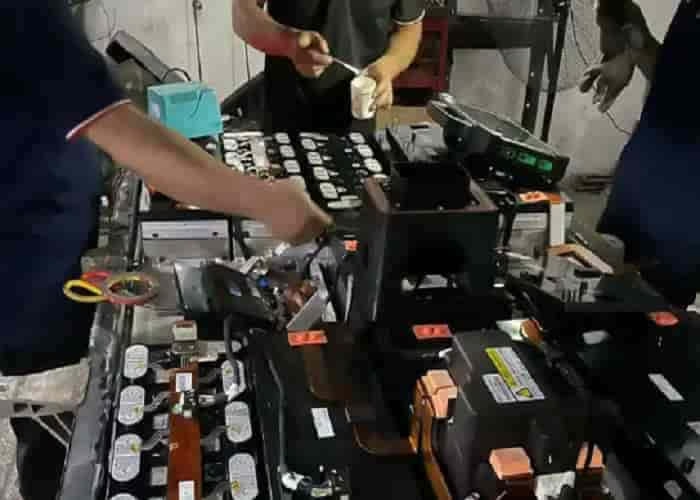


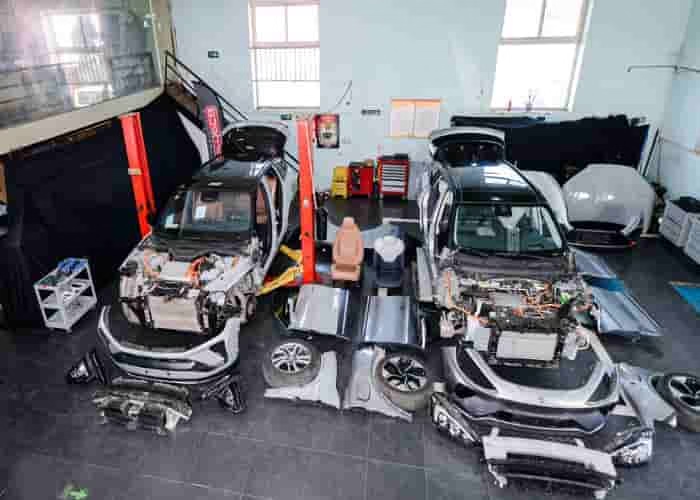
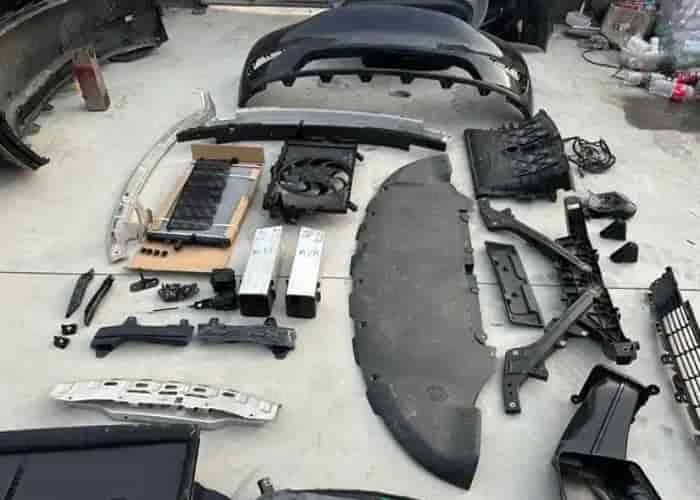
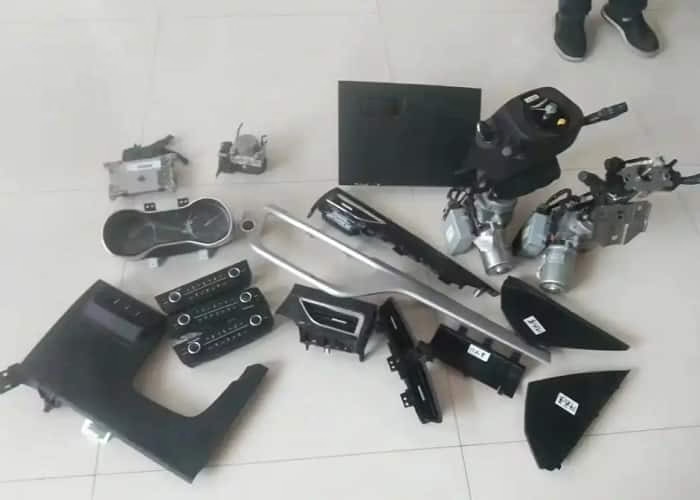
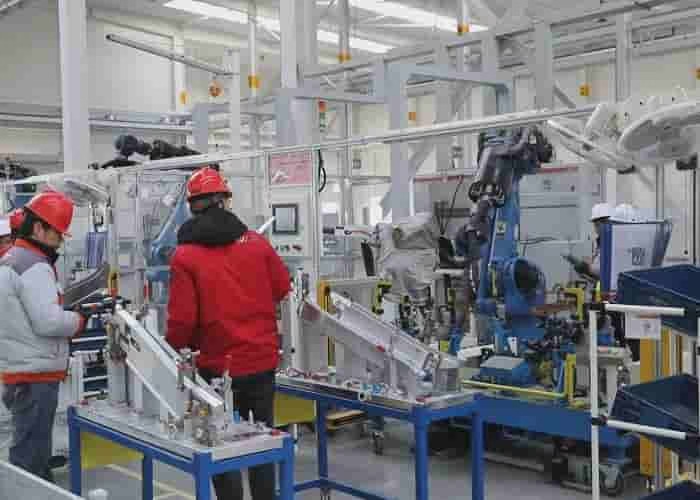
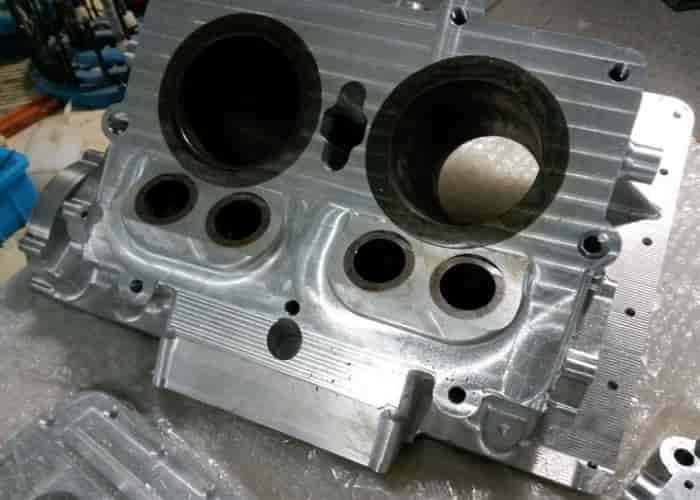




Leave a Reply